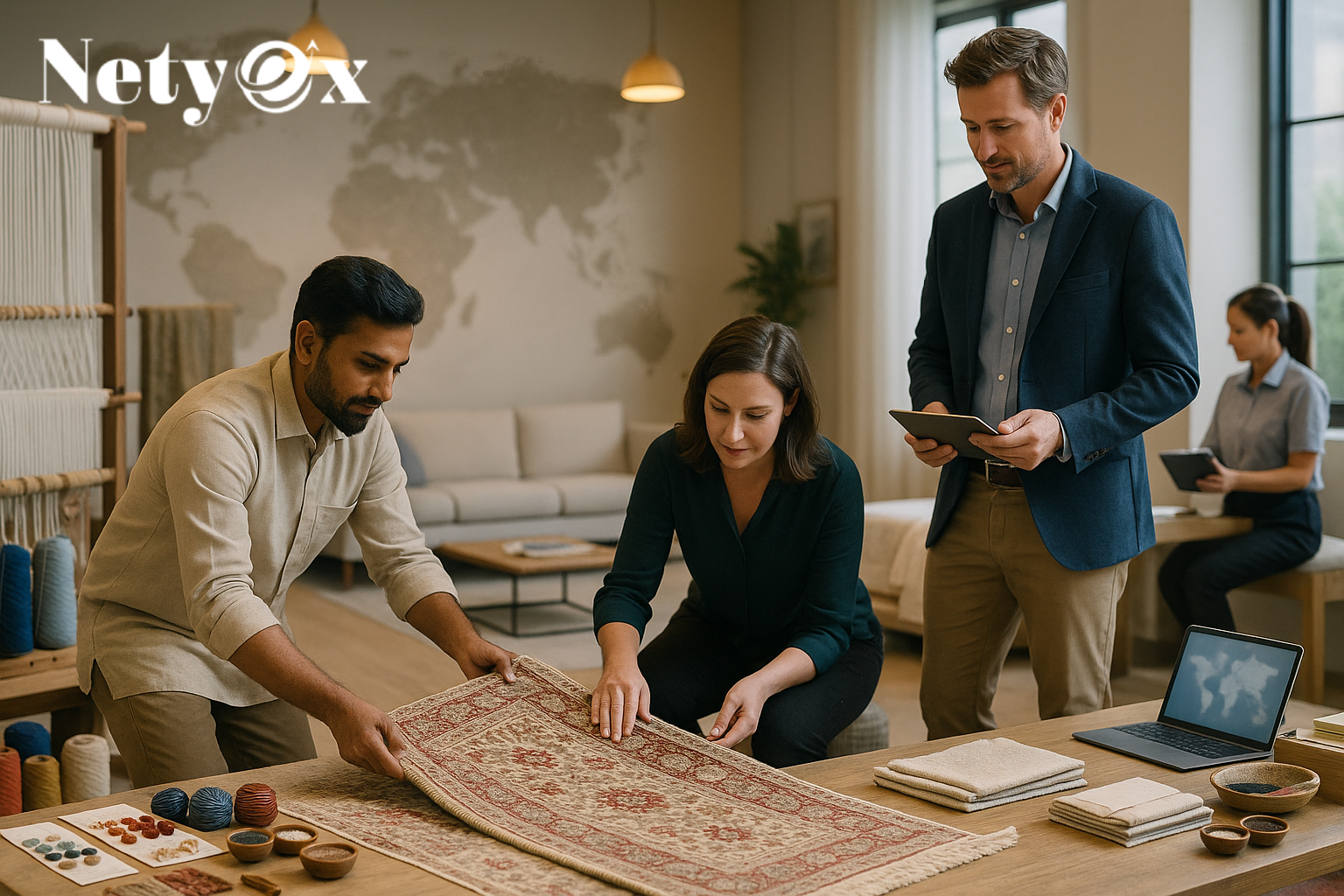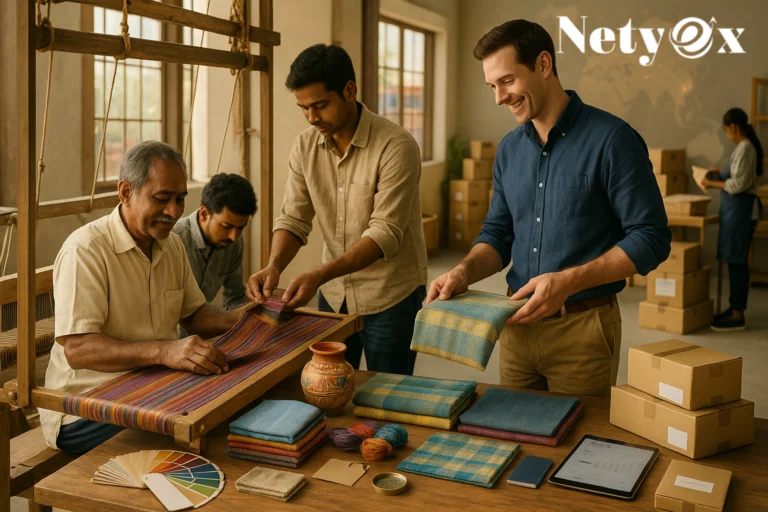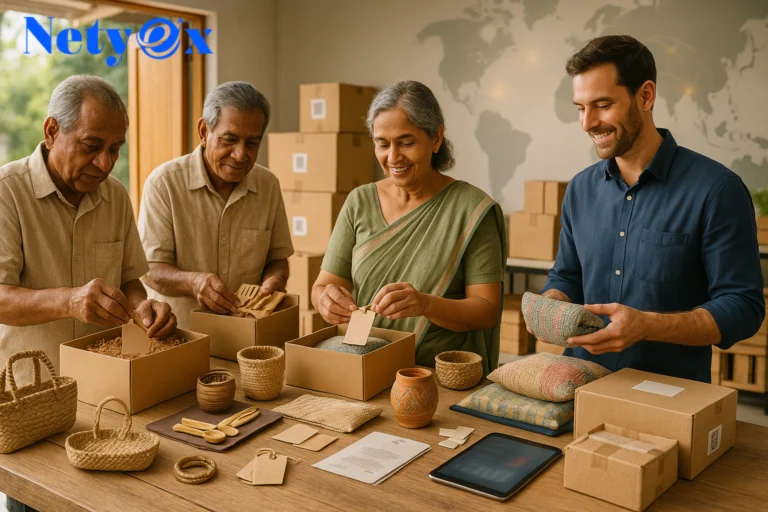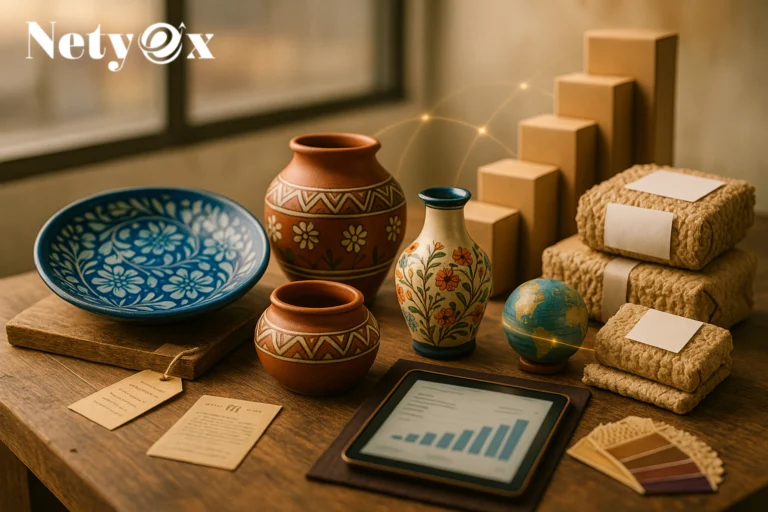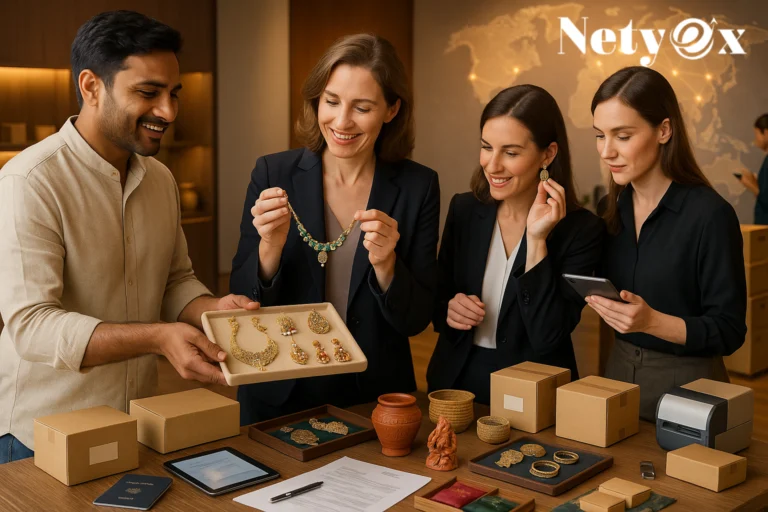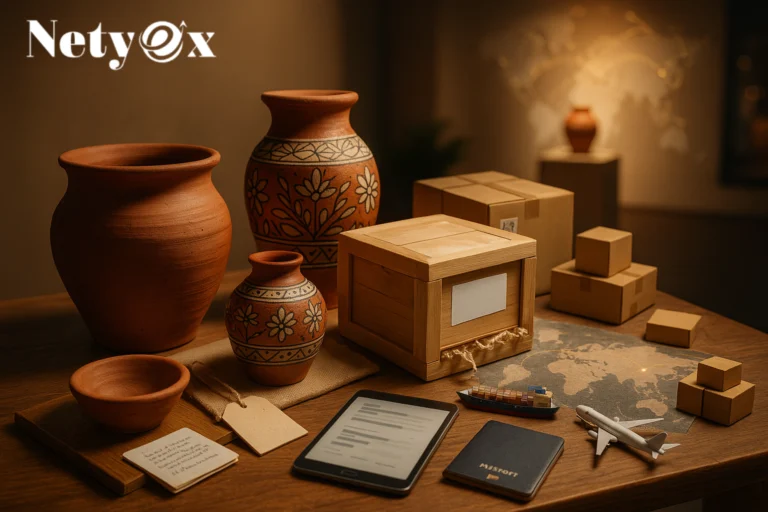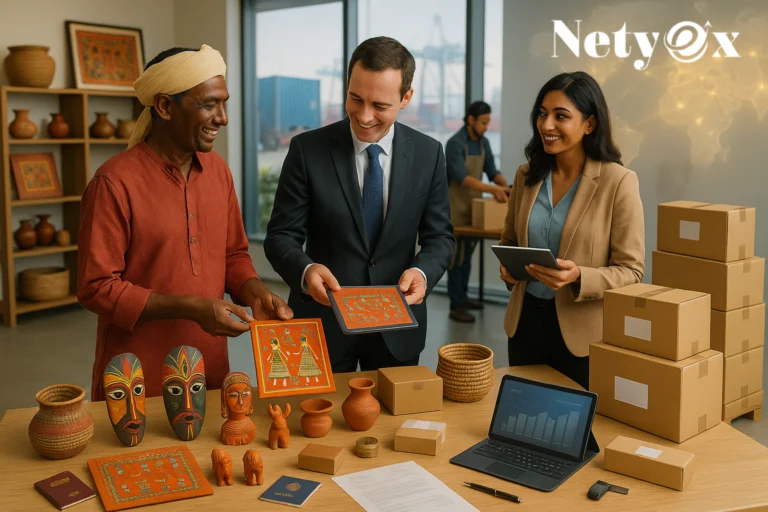Introduction to Indian Rugs
Indian rugs are more than just floor coverings — they’re living works of art that carry centuries of tradition, skill, and storytelling. For generations, artisans across India have woven intricate patterns into rugs using techniques that remain largely unchanged. These rugs are loved not only in Indian households but also across the globe, admired for their craftsmanship, durability, and cultural richness.
So, what exactly makes Indian rugs so special? Their appeal lies in a perfect blend of history, artistry, and timeless beauty.
Historical Roots of Indian Rugs
Origins during the Mughal Empire
The history of Indian rugs dates back to the 16th century, during the reign of the Mughal emperors. It was Emperor Akbar who first invited skilled Persian weavers to India, laying the foundation for a new era of rug making. These early pieces combined Persian design with Indian creativity, resulting in styles that were distinct and mesmerizing.
Influence of Persian artistry
Persian weavers influenced Indian designs heavily, but Indian artisans added local motifs like lotus flowers, elephants, and peacocks. This fusion gave birth to a rug-making tradition that was deeply Indian in character yet carried hints of foreign elegance.
Evolution through centuries
Over the centuries, Indian rug-making evolved with each dynasty and region. Techniques became more refined, motifs grew more diverse, and Indian rugs developed a distinct identity that continues to enchant global collectors today.
Craftsmanship and Techniques
Hand-knotted rugs: A labor of love
Each Indian rug can take months, sometimes even years, to complete. Hand-knotting requires patience, precision, and an extraordinary level of skill. Every knot is tied by hand, ensuring strength, beauty, and uniqueness.
Materials: Wool, silk, and cotton
The finest Indian rugs use natural materials like high-quality wool, pure silk, and durable cotton. Kashmir silk rugs, for example, are prized for their softness and sheen, while wool-based dhurries are valued for their sturdiness and versatility.
Traditional dyeing methods
Natural dyes extracted from plants, roots, and minerals create vibrant yet long-lasting colors. These eco-friendly dyeing practices not only protect the environment but also ensure that the rugs age gracefully, often becoming more beautiful over time.
Regional Styles and Varieties
Kashmir silk rugs
Known for their luxurious feel and intricate patterns, Kashmir silk rugs are among the most sought-after globally. Their delicate weaving and soft texture make them treasures for both use and collection.
Jaipur and Agra masterpieces
The pink city of Jaipur and the historic town of Agra are famous for large, finely detailed rugs featuring floral and geometric patterns. These rugs often carry echoes of Mughal artistry.
Dhurries from Rajasthan
Dhurries are lightweight, flat-woven rugs made from cotton or wool. Their colorful, geometric designs make them versatile for modern homes, blending tradition with contemporary taste.
Tribal and village weaves
Rural India contributes to rug-making through tribal weaves. Each piece reflects local culture, storytelling, and symbolism, offering rustic charm and authenticity.
Symbolism and Cultural Significance
Motifs and patterns with meaning
Indian rugs often depict symbols of prosperity, spirituality, and harmony. For instance, lotus motifs signify purity, while elephants symbolize strength and good fortune.
Spiritual and social role in Indian homes
Traditionally, rugs in Indian households are not just for decoration — they mark hospitality, warmth, and cultural pride. Rugs are also used in temples and spiritual ceremonies, emphasizing their sacred value.
The Global Appeal of Indian Rugs
Export markets and international demand
Today, India is one of the largest rug exporters in the world. Indian rugs find homes in Europe, North America, the Middle East, and beyond. Their quality and affordability give them an edge in the global market.
Influence on modern interior design
Interior designers love Indian rugs for their versatility. Whether it’s a minimalist Scandinavian living room or a traditional luxury home, Indian rugs blend seamlessly, adding warmth and elegance.
Why collectors value Indian rugs
Collectors prize Indian rugs because no two are ever the same. Each rug tells a story, making it both a practical furnishing and a cultural artifact.
Sustainability and Ethical Weaving
Eco-friendly natural fibers
Most Indian rugs are woven from natural fibers that are renewable and biodegradable, making them eco-friendly choices for conscious buyers.
Fair trade and artisan support
Organizations are working to ensure artisans get fair wages and better working conditions. Buying authentic Indian rugs often means supporting entire communities and preserving an age-old craft.
Buying Guide: Choosing the Right Indian Rug
Identifying authenticity
Check for hand-knotted details, natural dyes, and unevenness that signals true handmade quality. Machine-made rugs often look too perfect.
Price ranges and investment value
Indian rugs come in a wide range — from affordable dhurries to luxurious silk carpets worth thousands. High-quality rugs appreciate in value, making them smart investments.
Care and maintenance tips
Vacuum regularly, avoid direct sunlight, and rotate rugs to ensure even wear. Professional cleaning once in a while helps maintain their beauty.
FAQs on Indian Rugs
Q1. Why are Indian rugs so famous worldwide?
Indian rugs are loved for their craftsmanship, history, cultural symbolism, and timeless designs.
Q2. How can I tell if an Indian rug is authentic?
Look for hand-knotted details, natural dyes, and unique imperfections that reflect human touch.
Q3. Are Indian rugs expensive?
Prices vary. While silk rugs can be costly, cotton dhurries and wool rugs are affordable for most budgets.
Q4. What is the difference between Persian and Indian rugs?
Persian rugs are more floral and detailed, while Indian rugs often include local motifs like animals and geometric patterns.
Q5. How do I care for an Indian rug at home?
Vacuum gently, avoid moisture, and get professional cleaning for long-term upkeep.
Q6. Are Indian rugs eco-friendly?
Yes, many are made with natural fibers and plant-based dyes, making them sustainable choices.
Conclusion: Preserving a Timeless Legacy
Indian rugs embody centuries of tradition, artistry, and cultural pride. They’ve journeyed from Mughal palaces to modern apartments, winning hearts across the globe. More than just decor, they represent heritage, sustainability, and craftsmanship that continues to thrive. Owning an Indian rug means owning a piece of history — one that will only grow more valuable and beautiful with time.



